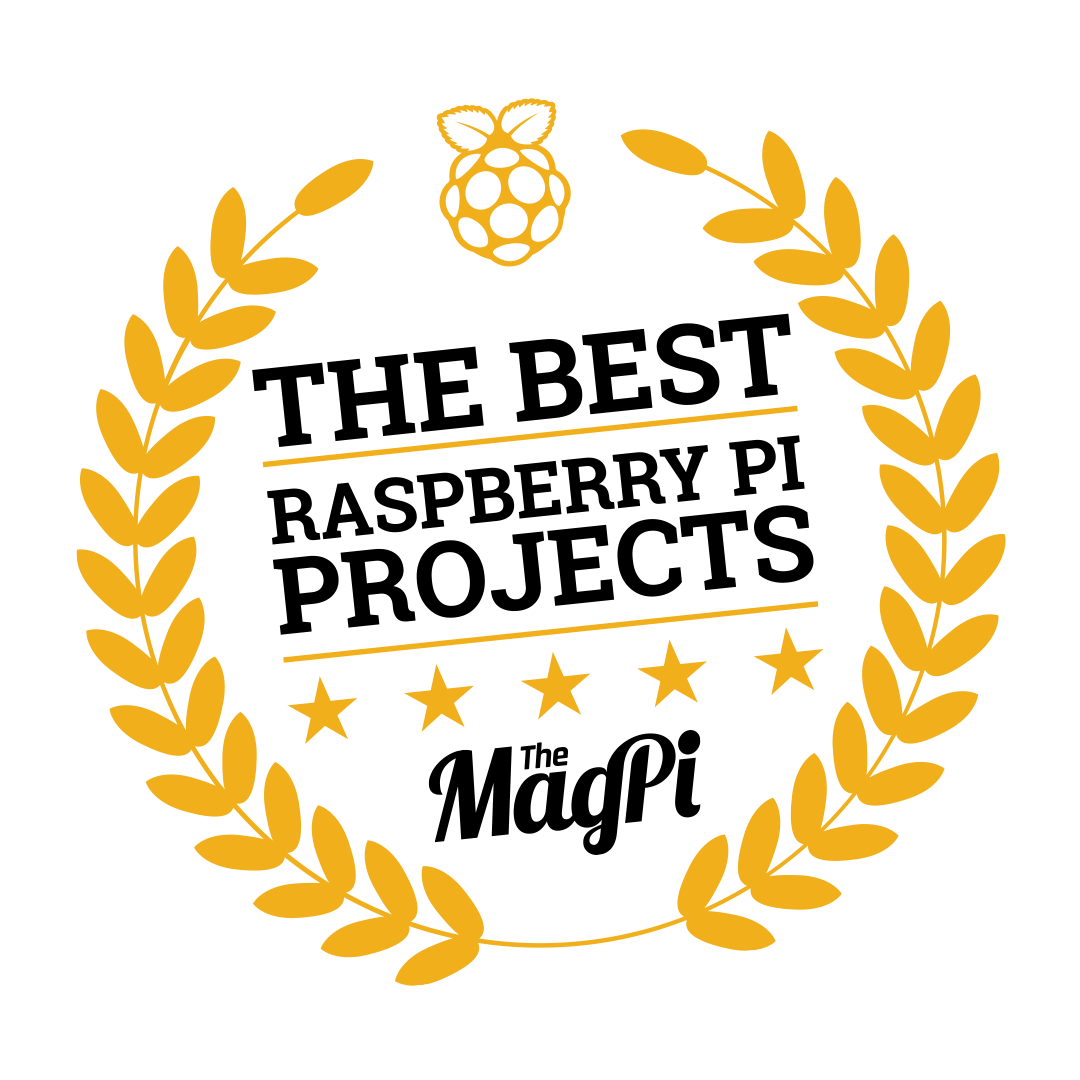Read the statement by Michael Teeuw here.
My first mirror build
-
Hi All,
I’m an avid Raspberry Pi user, but didn’t have any incentive to build a magic mirror until recently a 23" TV I had in my study blew up one evening (literally went bang!).
I took a chance on the LCD panel itself still being OK and ordered a compatible driver board from China on ebay. After some issues issues with the LVDS cable (an adaptor was needed) I managed to get the screen working. Unfortunately some of the LED backlights in one corner are faulty, but I’ve simply kept that area blank and it looks fine.
I used Pilkington Mirroview glass, which works brilliantly (shout out to Mirrors and Glass here in the UK who were excellent).
Despite complaints on the forum, I’ve used a Pi 3 A+, which works without issue, though I don’t have any particularly resource hungry modules.
Some pics:



So that I only needed one cable running to the mirror, I’ve used a single 12v, 5amp PSU. The LCD is powered directly by the 12v and I’ve used a DC-DC step down board to power the Pi.
I’ve attached a Pimoroni OnOff shim and wired that to a momentary switch at the bottom of the frame.
There is also a PIR protruding from the bottom of the frame, it faces straight down, but it has a 100 degree FOV and picks up movement without issue. It’s powered directly from the 12v as the 5v pins on the Pi are covered by the shim.

The frame consists of moulding glued to strip wood, which leaves a lip for the glass and panel to rest against.

The PIR and the power switch at the bottom of the frame.
This is my most ambitious Raspberry Pi project yet, and I had a lot of fun putting it together. Let me know what you think or if you have any questions.
Cheers,
Simon.
